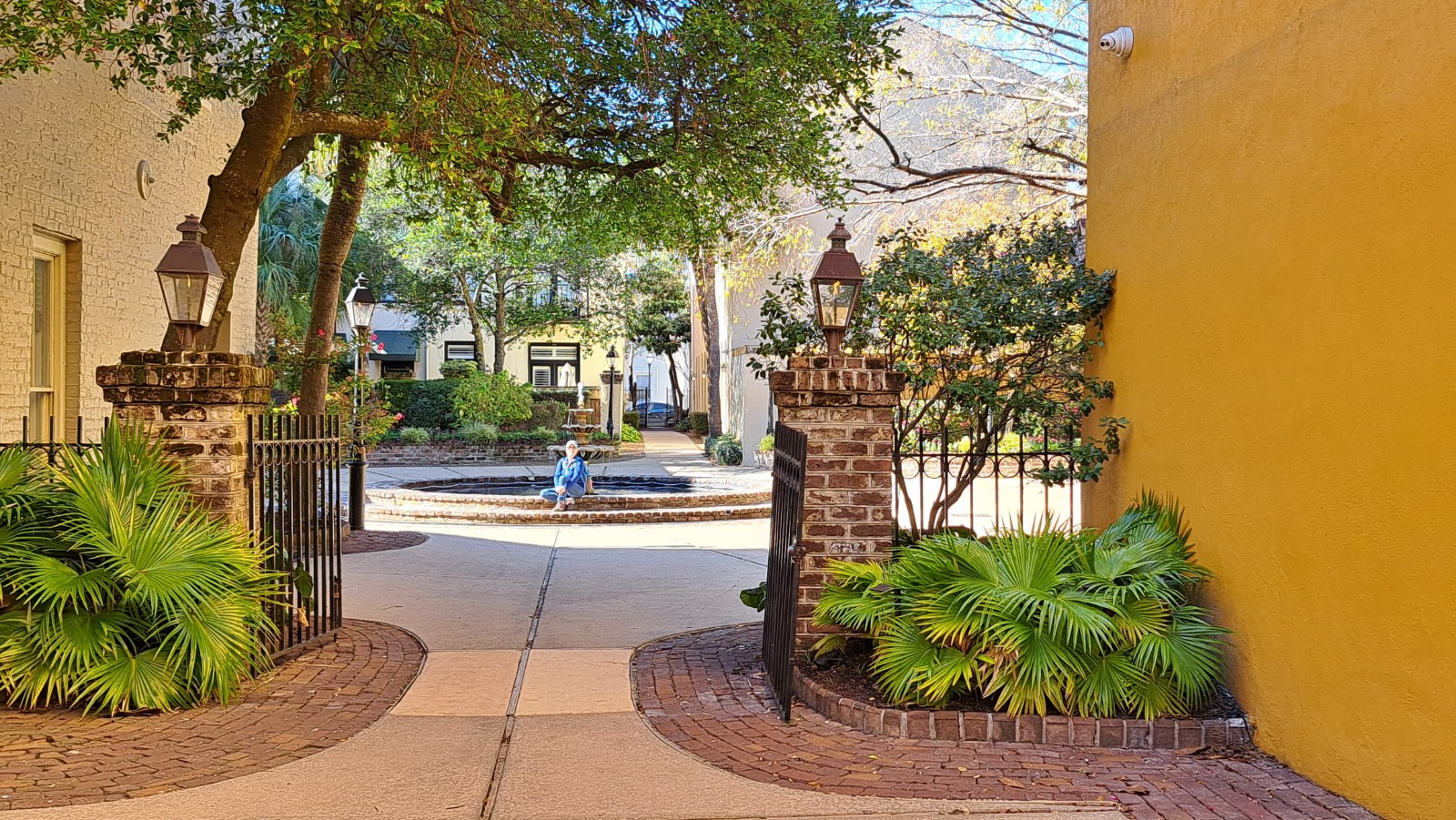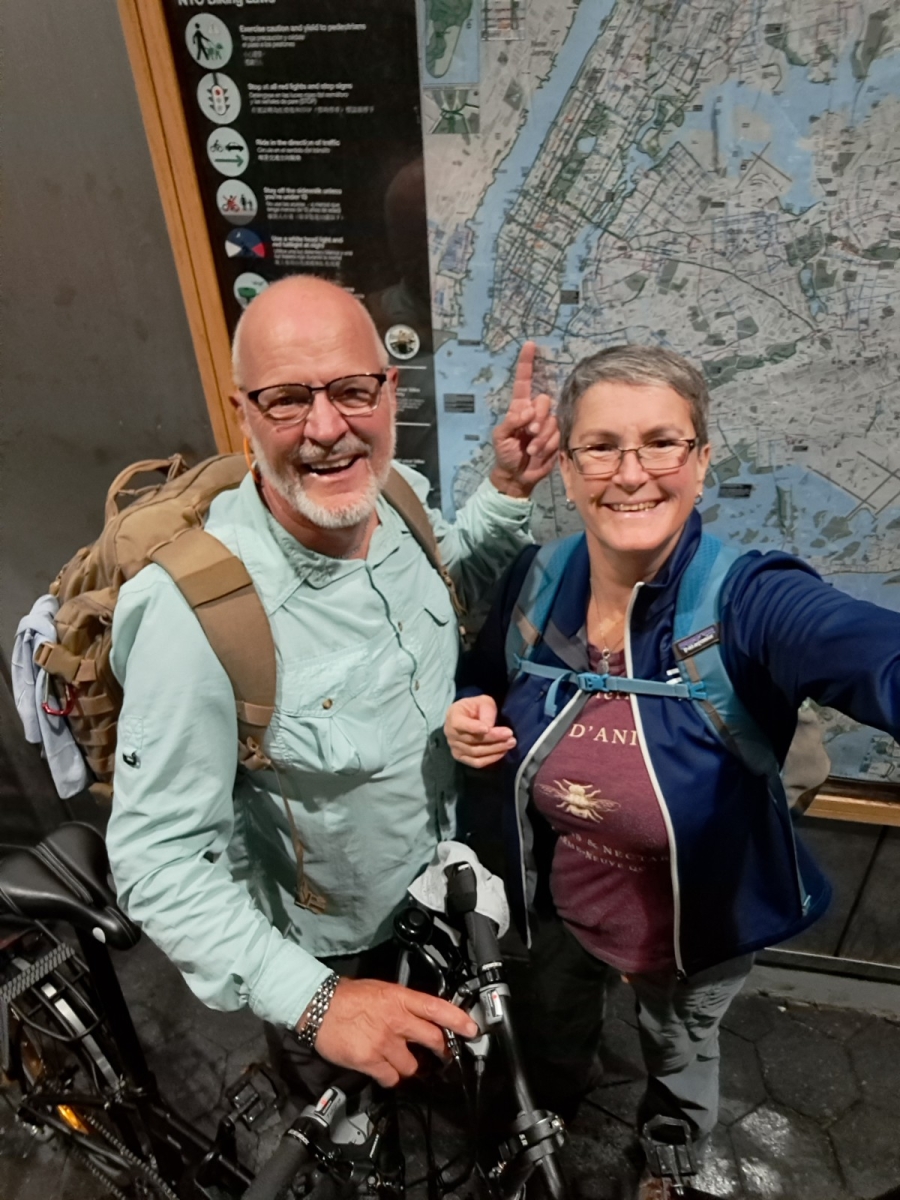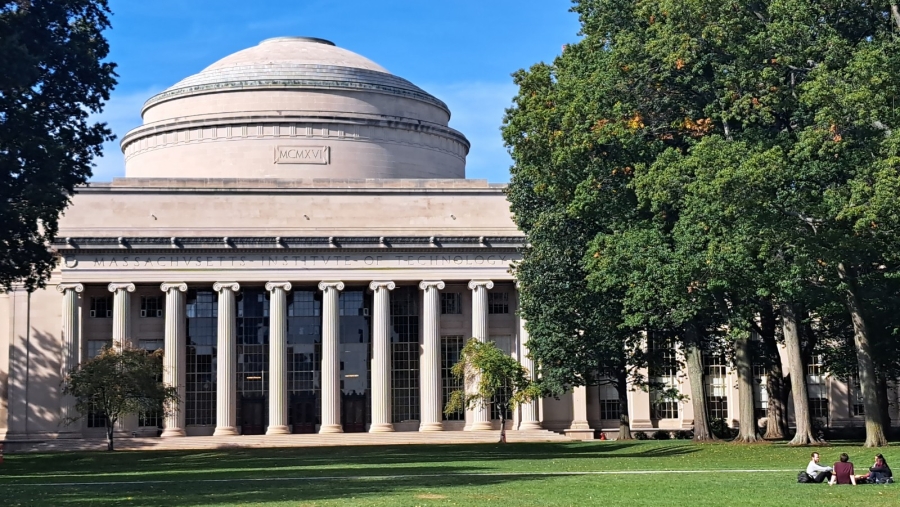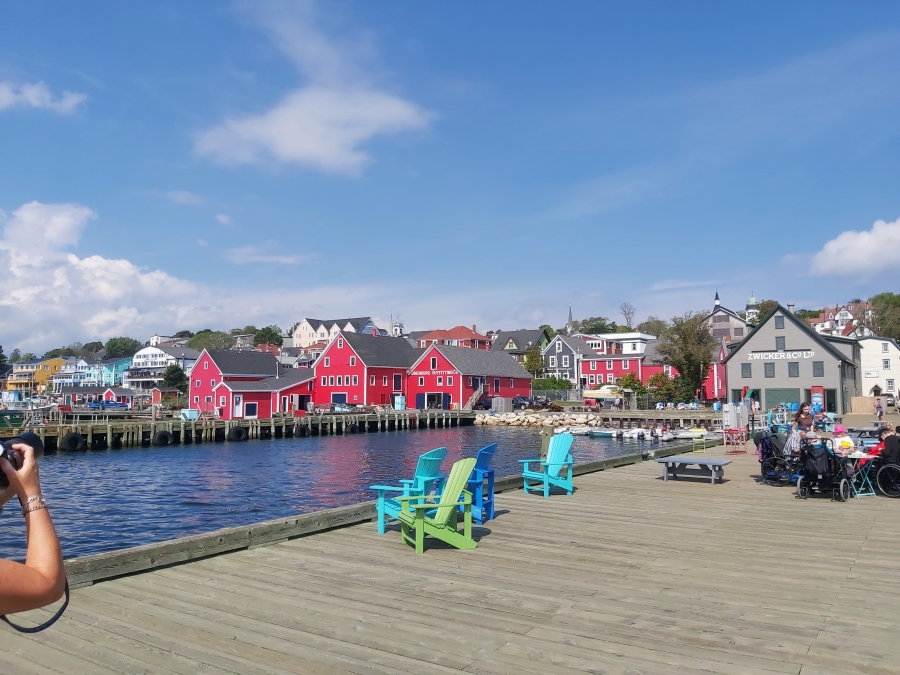November 19
There's was no point writing a blog before we got to Charleston and experience all the fun and history it offers. Before I get into it though, I want to mention some of the little changes that I noticed recently.
First, there's the language. As we enter the Southern states, we depict the Southern dialect. A lot of "yall" for "you all" even though we're just the 2 of us. There's also a distinct drawl as they speak. We're beginning to need to pay more attention to ensure understanding.
Second, there are different birds and their songs. We're now seeing a lot of long neck, long leg birds like the pelican, the egret, the heron and the ibis. The bird songs I hear remind me of early mornings on resorts in Dominican Republic.
Third, there are the trees. Besides the magnolia, I'm not very familiar with trees. Many trees along the ICW have their roots exposed, not as much as what you'd find in the everglades though. Many trees have that distinctive moss called Spanish moss. Many of them look so strong and old. Looking at them, I wonder what kind of lives people led when these trees were saplings: slavery? Civil War? Floods and hurricanes?
Even though we had some warm weather back in Norfolk, it got cold again in the following days, weeks. To the point that here in Chaleston, we stayed in a marina for 2 nights just to have electricity and plug the heater. With nights of 4-8 degrees celcius, we needed it. We're back to wool socks and tuque; hopefully, not for much longer.
Charleston has this beautiful Southern architectural style you often see in ads for New Orleans: old mansions and churches, old streets, many restaurants. Charleston boasts about Rainbow Row (row houses of multiple colours), the Battery (walled boardwalk by the water), the French Quarter (beautiful alleys, delicious food, narrow cobble streets, horse carriage tours, old houses) and a darker side, the slave market.
We visited the Old Slave Mart Museum. It is housed in one of the slave market hall. There are two eras of American slavery: Trans-Atlantic (banned by Congress in 1808 but frequent smuggling thereafter) and domestic (mostly after 1808, from Virginia/Maryland to Deep South Alabama, Georgia, etc., triggered by crop/labour changes in both regions). Slaves came from Africa and the Caribbean islands. Charleston was one of the biggest slave market. We learned that the trader - the market owner - would heal, clean, clothe and feed slaves before a sale to ensure the biggest profit. Price was set by age, build, colour and skills. We knew that the Northern states were the first to abolish slavery. After the Civil War, slavery was abolished in United States in 1865. It was difficult to visit the museum and now to write all these facts without emotion.
Charleston - Charles Town first, for King Charles II - was founded in 1670. Settlement was difficult and slow due to epidemics such as malaria, yellow fever and smallpox, tropical storms and hurricanes. In the 1700's, it started to prosper thanks to slavery and export to Europe (pine timber, tobacco and textile). The Civil War, which started at Fort Sumter in Charleston, devastated the city and its economy. During the years following the abolishment of slavery and the war (1865), as a major part of the population was of dark colour in Charleston (57% in city, 73% in county), much violence between blacks and whites occurred. In 2018, Charleston City Council apologized for its role in slavery.
We walked the French Quarter all day. For dinner, I tried grits for the first time, with shrimps. Grits is a typical Southern staple made of ground corn. It is used as a sidedish instead of potatoes or rice. I think it's the type of food that is ordinary by itself, that needs other ingredients to elevate it. The one I had last night was mixed with jalapeno cheese - yummy. I'll try it more often to decide whether or not I want to add it to our diet. We finished the evening in a piano lounge with red wine and chocolate cake. Perfect! One thing that greatly surprised us is that we couldnˋt find a typical French patisserie in the whole quarter. Oh well!
We're leaving Charleston tonight for an overnight sail to Savannah. We should be there by noon tomorrow and will spend a few days. Frank ordered an IridiumGo to be picked up at the marina. I'll tell you all about it in my next blog in Savannah.





